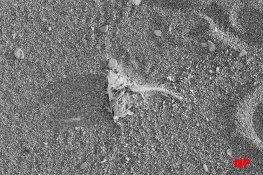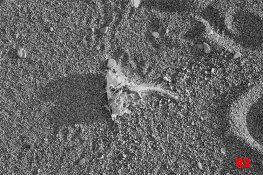I spend a lot of time at Presque Isle State Park in Erie, PA, shooting pictures on the beach. I get some good shots but find it hard to get really good pictures when everything is the same color or value.
I try to use light and shadow to show texture or detail but, when everything is sandy gray, it's hard to make a subject stand out.
 Fish-Kebab by Randy Stankey, on Flickr
Fish-Kebab by Randy Stankey, on Flickr
Here, the fish is brownish gray. The sand is mostly gray. The branch is steely gray.
I've tried shooting scenes like this before, using different exposures or waiting for the light to change but I never seem to find the right combination to make things stand out.
I wonder if there is a filter, a different developing technique or some other strategy I could use to make a merely "good" puncture better.
Does anybody have any hints?
I try to use light and shadow to show texture or detail but, when everything is sandy gray, it's hard to make a subject stand out.
 Fish-Kebab by Randy Stankey, on Flickr
Fish-Kebab by Randy Stankey, on FlickrHere, the fish is brownish gray. The sand is mostly gray. The branch is steely gray.
I've tried shooting scenes like this before, using different exposures or waiting for the light to change but I never seem to find the right combination to make things stand out.
I wonder if there is a filter, a different developing technique or some other strategy I could use to make a merely "good" puncture better.
Does anybody have any hints?








